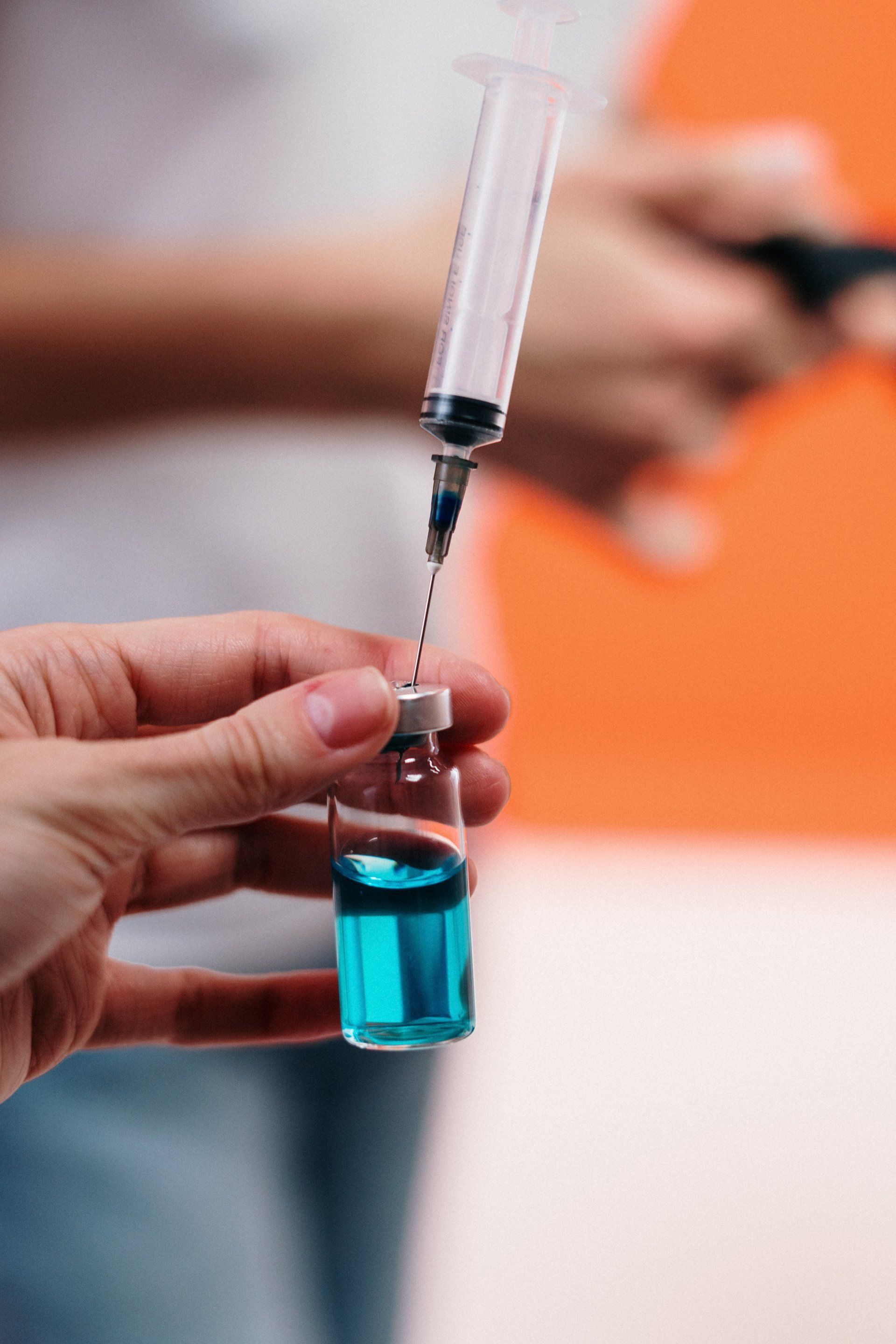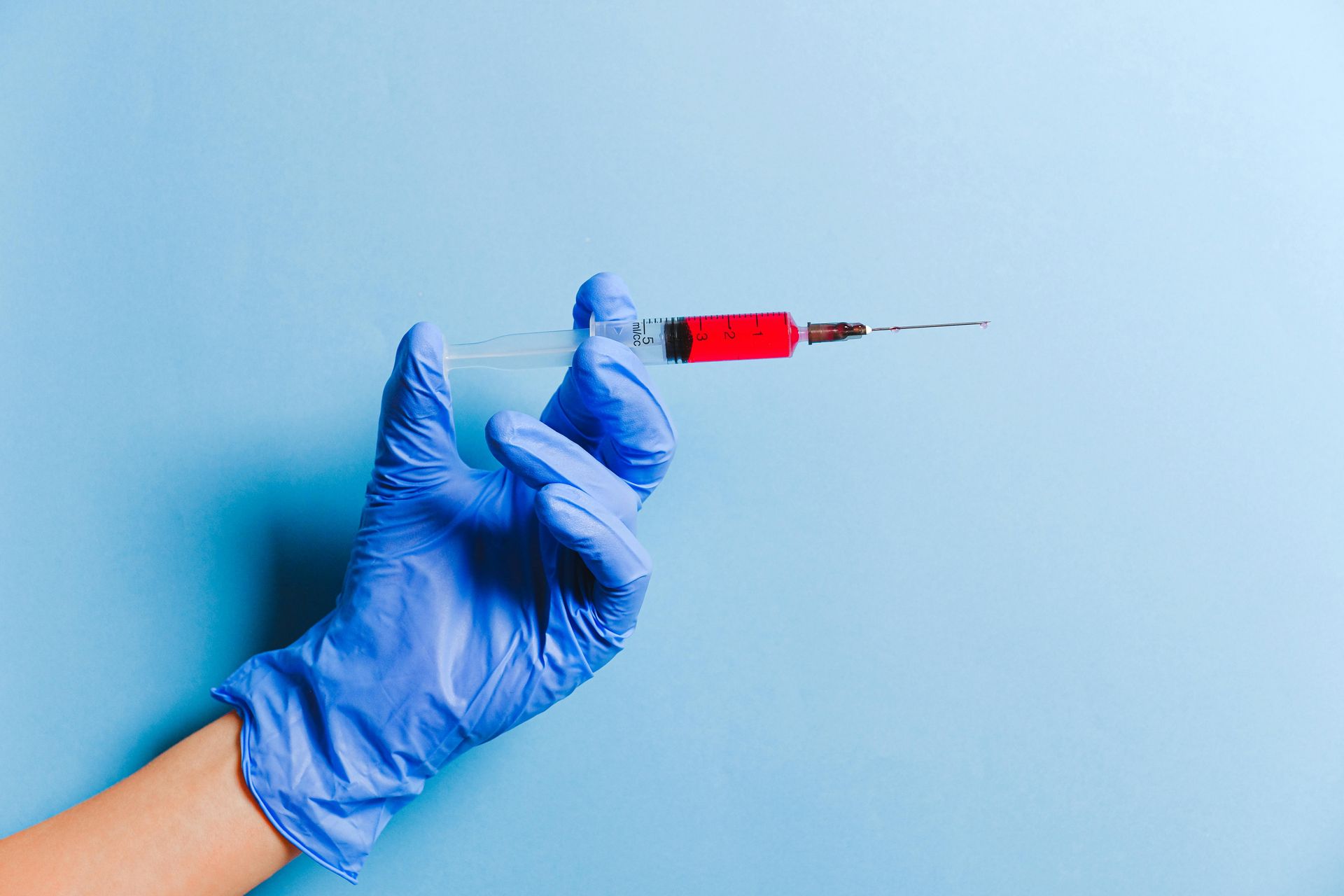
Childhood Immunizations and the Importance of Sticking with the Schedule
Childhood Immunizations and the Importance of Sticking with the Schedule

Skepticism of vaccines has become much more prevalent since the COVID-19 outbreak. Parents are now, more than ever, worried about vaccine safety due to misinformation regarding vaccines. This has leaked over to childhood immunizations and thus, more parents are hesitant to vaccinate their children for childhood illness like polio and tetanus.
Childhood immunizations are a proven way to reduce the chances of contracting vaccine preventable illnesses and have been shown to eradicate diseases such as polio completely. Yet some parents are still worried about vaccine safety and the schedules that are put forth to ensure their children are vaccinated at the best possible intervals.
One of the biggest fears for parents is that their child is going to be exposed to too many illnesses at once through too many vaccines, and they fear that this is going to be hard on the child’s immune system. Parents like to feel in control of their child’s wellbeing and therefore, sometimes feel the need to change or manipulate the schedule in a way they feel is more appropriate to them.
Most parents do vaccinate their children according to their local Public Heath Regulated Vaccine Schedule. In fact, over 90% of North American children up to age 24 months, are vaccinated according to the Centre for Disease Control and Prevention (CDC). This is great news, however; there are still 10% of children up to age 24 months who are unvaccinated and pose a risk to other unvaccinated children and adults and are especially at risk themselves.
Childhood Immunization Schedules across North America are well studied and the best way to prevent children from contracting life-threatening diseases such as hepatitis, meningitis, tetanus, and many other vaccine preventable diseases.
Below, we have outlined exactly why staying on schedule is vital to the wellbeing of children across North America.
The Timing of Vaccines has been Well Studied
Vaccine schedules are set by the Centre for Disease Control and Prevention (CDC) and take into considerations many factors when it comes to administration of the vaccines and their safety. These regulations are set with very high standards by a specific panel of professionals called the Advisory Committee on Immunization Practices (ACIP). This committee is made up of scientists, doctors and Public Health professionals that study the efficacy of vaccines. Common topics discussed within the group include:
- The safety and effectiveness of the vaccine when given to a specific age group
- The severity of the disease
- The outcomes of the disease without the vaccine
- The effectiveness of the vaccine and how well it works
Preventing Complications from delayed vaccines
Delaying vaccines can cause potential, life-threatening consequences for children. For instance, when a young child contracts Pertussis, commonly known as whopping cough, there can be serious life-threatening complications that can lead to life-long side effects or even death. For example, the Pertussis vaccine is administered at 2, 4, 6 and 18 months thus giving the child an appropriate amount of immunity to the virus on a schedule that is most appropriate according to the ACIP.
Early Protection is Pertinent
All vaccines are timed appropriately to prevent children from contracting the virus before they are exposed while also giving them proper time for the immunity to build to help them better fight exposure if it happens.
The Measles, Mumps and Rubella (MMR) vaccine is a live-virus vaccine and is first administered when a child is 12 months old. This gives the child plenty of time to build up immunity for when they enter daycare centres and start to become more independent. Children are then boosted with a second dose around 4 years old, giving them optimal immunity to the virus for life.
Full- and Long-Term Protection from Preventable Diseases
Vaccines commonly need to be boosted to best fight off preventative illnesses. When administering the Varicella vaccine to children at their 15-month appointments, it was first thought that one vaccine would be enough to give a child proper immunity, but upon further research and investigation, doctors and scientists noted that children did best when vaccinated again with a booster shot of varicella at 4-6 years old.
It is quite common for the ACPI to revisit the drawing board to come up with the best and most innovative ways to protect children against vaccine preventable diseases such as varicella. This is important and just goes to show the care and consistency that goes on behind the scenes. The CDC advisory committee is revisiting and researching non-stop to help support and prevent vaccine preventable diseases.
Preventing Illness for Others
Heard immunity is a common phrase used to describe those that are vaccinated protecting those that are not from getting sick with vaccine preventable illness. When most of the population is immune, there is much less chance of contracting a virus because it’s not being spread from person to person.
Sometimes children and adult with underlying health conditions such as AIDS or Epilepsy are unable to get all their vaccines due to reactions and contraindications, therefore, it is the duty of their community members to get vaccines to keep everyone safe.
Vaccine schedules set by the CDC and carried out by Public Health Units across North America are very well studied. Schedules have been meticulously created by a team of professionals that have the community’s best interest at heart.
Preventing others from getting sick with heard immunization, is also important and plays a role n keeping people safe.
It is Important to get vaccines as per the local Public Health Guidelines as this is the best way to prevent complications and death from vaccine preventable diseases. Vaccine schedules are important to help enforce early prevention for communicable diseases.
References:
https://www.cdc.gov/vaccines/parents/schedules/reasons-follow-schedule.html
https://jamanetwork.com/journals/jama/fullarticle/2787289
https://www.cdc.gov/vaccines/parents/schedules/sets-schedule.html
https://www.ncbi.nlm.nih.gov/pmc/articles/PMC4943153/
Thank you for reading Patient Education Essentials, the Write Shift RN blog.
Disclaimer: This article was written as a guest post for Write Shift RN LLC's blog. The information in it may not be wholly fact-checked or edited, allowing the reader to see the writer's work and skills firsthand. This information is not intended as medical advice. It is for informational and educational purposes only. Always talk to your doctor or other qualified healthcare providers about any questions or concerns you may have regarding medical conditions.










